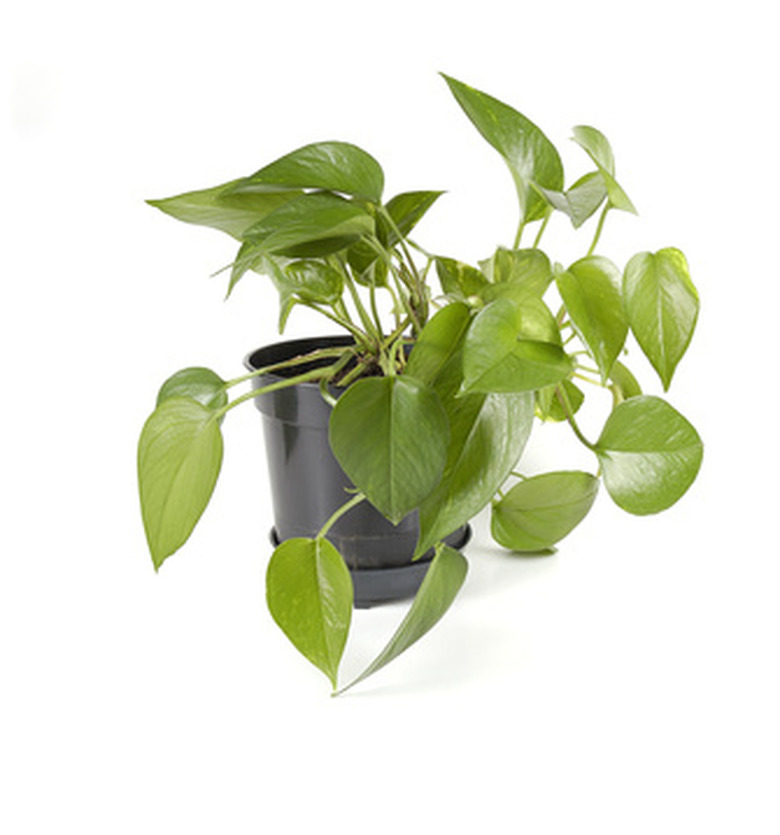House Plants That Are Poisonous To Children
Colorful, interesting-looking houseplants add beauty to our home but they are often an irresistible attraction a child. Small children have a curious nature and many of them can't keep their fingers out of dirt-filled plant pots or resist the temptation of eating berries or leaves from a plant. Most houseplants are harmless if touched or eaten, but some plants are poisonous and should be kept out of reach of children.
Oleander
There are few house plants that are more dangerous to a child than the sweet-scented Oleander (Nerium oleander). One leaf of the oleander is highly toxic and a child who eats oleander may experience vomiting, diarrhea, dizziness and confusion. More serious symptoms include heart disruption, possible circulatory failure and in the most severe cases, death. If you suspect that you're child has eaten a leaf from an oleander plant, seek immediate medical attention. To prevent oleander poisoning, keep plants out of reach of small children.
- Colorful, interesting-looking houseplants add beauty to our home but they are often an irresistible attraction a child.
- Small children have a curious nature and many of them can't keep their fingers out of dirt-filled plant pots or resist the temptation of eating berries or leaves from a plant.
Heart-Leaf Philodendron
The popular heart-leaf philodendron (Philodendron scandens) is toxic to small children. Ingesting any part of the heart-leaf philodendron causes extreme oral irritation. North Dakota State University states that children who eat any part of the plant may experience swelling of the tongue, the mucous membranes, the palate and the lips. If your child exhibits symptoms that indicate he has eaten part of the heart-leaf philodendron, speak with your doctor immediately or take your child to the emergency room for treatment.
Poinsettia
Found in many homes during the holiday season, poinsettia are poisonous when eaten by small children. According to Cornell University, the poinsettia contains a bitter, burning, milky sap that causes damage to the digestive system. Your child may experience vomiting, diarrhea and nausea if she has eaten any part of the poinsettia. Simply touching the poinsettia may cause skin irritation in some children. Seek medical attention if you suspect your child is having a reaction to the poinsettia plant.
- The popular heart-leaf philodendron (Philodendron scandens) is toxic to small children.
- Simply touching the poinsettia may cause skin irritation in some children.
Ivy
Easy-to-grow ivy (Hedera spp.) makes an attractive houseplant but is hazardous to small children. The red berries that appear on most ivy plants are particularly attractive to children and unfortunately, it's the berries that will make your child sick. The leaves of the ivy are as toxic as the berry and ingestion of both will cause intense burning of the throat and gastroenteritis. Speak to your doctor or go to your local emergency room if you think your child has eaten part of an ivy plant.
Jerusalem Cherry
The Jerusalem cherry (Solanum pseudocapsicum), more commonly known as the Christmas cherry, is a member of the deadly nightshade family. The Jerusalem cherry plant produces a round, red or orange fruit which is toxic to children who eat them. According to Penn State University, signs of Jerusalem cherry poisoning are vomiting, headache, diarrhea, stomach pain and drowsiness. More serious symptoms like breathing difficulties, slow heart rate, low blood pressure and coma are possible if berries have been ingested. Seek immediate medical attention if you think your child has eaten the berries or leaves of the Jerusalem cherry plant.
- Easy-to-grow ivy (Hedera spp.)
- The Jerusalem cherry plant produces a round, red or orange fruit which is toxic to children who eat them.
